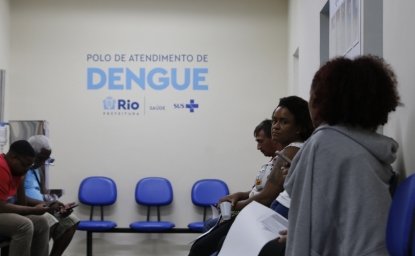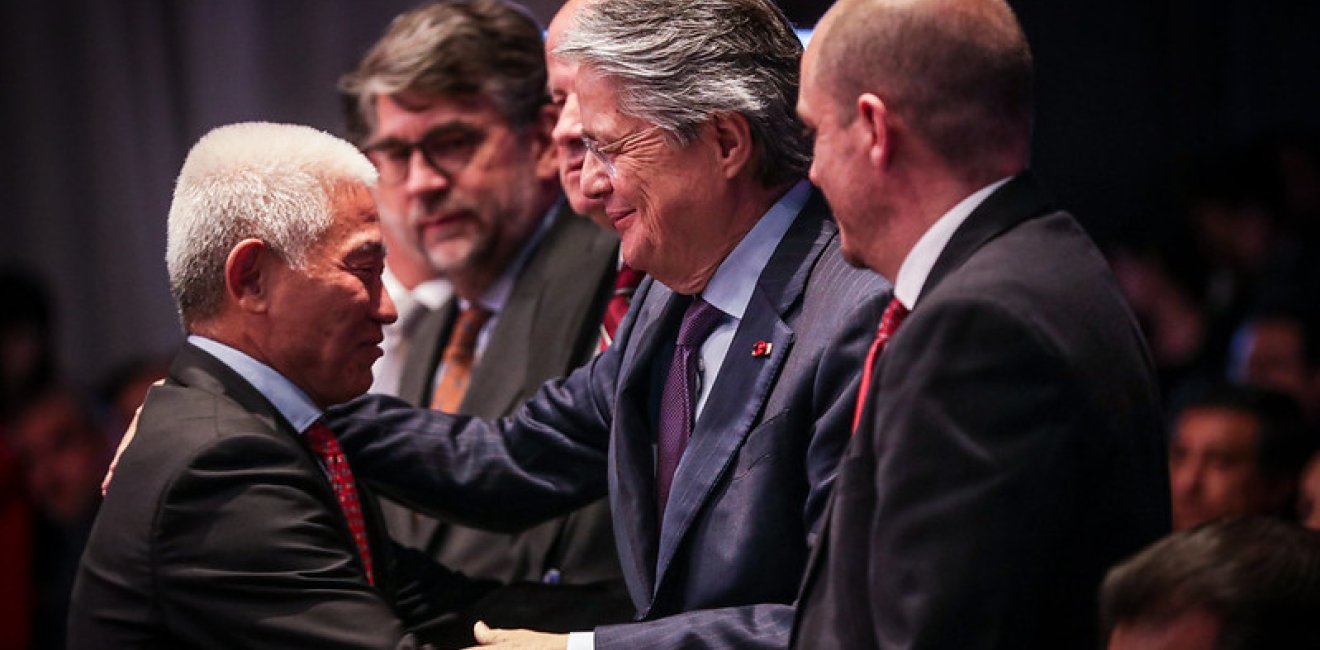
A blog of the Latin America Program
A decade ago, China emerged as new and attractive source of investment for developing nations, handing out multibillion dollar loans for global infrastructure projects under the Belt and Road Initiative (BRI). With an estimated $800 billion in overseas projects between 2000 and 2017, China rivaled Western-dominated institutions like the World Bank. Now, however, China’s role is shifting from lender to debt collector in regions such as Latin America, with significant economic and geostrategic implications.
No one likes to pay the piper, but in Latin America, Chinese loans are coming due at a particularly bad time. The region has suffered a decade of slow growth and the pandemic battered its already hobbled economies. As a result, China’s opaque lending practices and its relative inexperience with debt restructuring are coming under scrutiny.
Chinese loans are coming due at a particularly bad time. The region has suffered a decade of slow growth and the pandemic battered its already hobbled economies.”
In the early 2000s, the International Monetary Fund, World Bank, and the Paris Club of creditors offered debt relief to struggling nations. China, by contrast, has not developed a clear approach to excessive sovereign indebtedness. In Latin America, for example, Beijing agreed to a post-pandemic restructuring of Ecuador’s debt, but it did not announce a framework to guide future decisions. That is a problem, given the explosion in borrowing in regions like Latin America, where spending on interest is siphoning funds from education, health care, and infrastructure.
Russia’s invasion of Ukraine made everything worse, but so did China’s lending practices. About 60 percent of China’s overseas loans in 2022 were awarded to financially stressed nations, up from 5 percent in 2010. As cash-strapped governments struggle to meet their obligations to Beijing, a growing chorus is advocating for debt relief, debt forgiveness, or debt restructuring.
China’s Lending Playbook
The China Development Bank and Export-Import Bank of China have collectively deployed $138 billion in 117 loans in Latin America and the Caribbean. This lending accelerated following the 2008 global financial crisis, which had limited financing options for developing economies such as Argentina, Ecuador, and Venezuela. Beginning in 2020, China changed course, sharply reducing state-to-state lending. But by then, it had become a major creditor in this region. For example, Ecuador, which restructured its debt to China a year ago, still owes Beijing nearly $5 billion or 11 percent of Ecuador’s total external debt.
The situation is worse in Venezuela, where the government reportedly owes China $19 billion. The oil-rich but economically wrecked country has accounted for 40 percent of Chinese lending in the region since 2005. It has had to repeatedly renegotiate the terms of its loans, after failing to produce enough oil to service its debt.
Not only does China lend to financially struggling countries, it also explicitly eschews traditional Western conditionality and strategically cultivates support from developing nations by positioning itself as a champion of their interests and causes. Rather than insist upon sustainable borrowing and prudent spending from its borrowers, China protects its capital by requiring governments to guarantee repayment through commodity exports such as oil. Now that those arrangements are floundering, Beijing has declined to forgive debt unilaterally or coordinate systematically with other international lenders, public or private.
Rather than insist upon sustainable borrowing and prudent spending from its borrowers, China protects its capital by requiring governments to guarantee repayment through commodity exports such as oil.”
For its part, China claims to have forgiven loans to several African countries. To help Argentina avoid a default to the IMF, China’s central bank recently permitted Argentina to tap a large line of credit.
China’s state-to-state lending is declining overall given internal economic headwinds but still dominant in some strategic sectors such as renewable energy production, electricity transmission, and related technologies and services. An example of this is China’s proposed new investments in Peru’s power sector.
In general, however, Beijing’s strategy in Latin America is unclear. For now, the country that was once seen as an ATM has become a debt collector – a transformation that clashes with China’s broader goals of extending regional influence in its great power competition with the United States.
Author


Latin America Program
The Wilson Center’s prestigious Latin America Program provides non-partisan expertise to a broad community of decision makers in the United States and Latin America on critical policy issues facing the Hemisphere. The Program provides insightful and actionable research for policymakers, private sector leaders, journalists, and public intellectuals in the United States and Latin America. To bridge the gap between scholarship and policy action, it fosters new inquiry, sponsors high-level public and private meetings among multiple stakeholders, and explores policy options to improve outcomes for citizens throughout the Americas. Drawing on the Wilson Center’s strength as the nation’s key non-partisan policy forum, the Program serves as a trusted source of analysis and a vital point of contact between the worlds of scholarship and action. Read more

Explore More in Weekly Asado
Browse Weekly Asado
Dengue Haunts South America’s Summers

Lessons from Costa Rica’s Economic Transformation

Women and Latin America’s Digital Revolution

